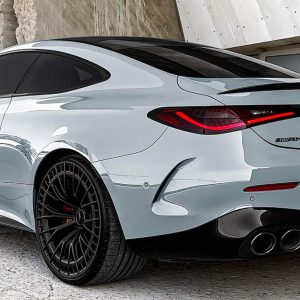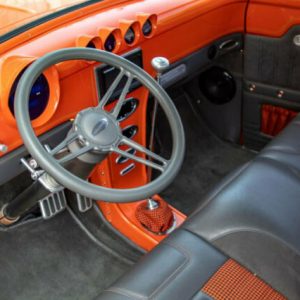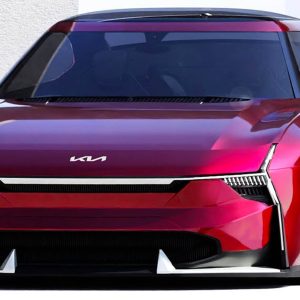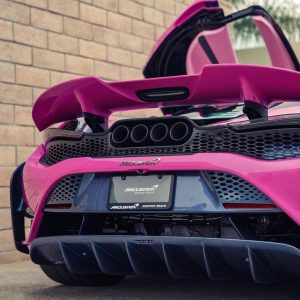For many years, the McLaren F1 has been regarded as a benchmark of the supercar hierarchy. At the Paris Motor Show 2012, the Woking marque has finally shown a successor, the McLaren P1. It’s faced with an ambitious goal: no less than world domination on both the road and race track.
Its name sets the scene nicely for the task in hand. ‘P1’ not only casts a nod in the direction of the legendary McLaren F1, but also refers to the prize position in motor racing: at the head of the field, leading the pack in first place. Of course, with several rivals on the horizon – namely Ferrari’s Enzo successor, Porsche’s 918 Spyder and the production version of Jaguar’s C-X75 – this is the spot McLaren would very much like to acquire in the hierarchy of the hypercar grid, too.
How does it intend to achieve this? By simply making it the best driver’s car in the world, full stop. The Woking firm envisions owners driving to the track with comfort and refinement, then being offered the type of performance usually associated with purpose-built, stripped-out racing machines.
Using a new ‘MonoCage’ structure (a development of the 12C’s carbonfibre MonoCell), its designers took note of aerodynamic necessities rather than aesthetic flourishes, true to the firm’s practices in Formula 1. Many manufacturers claim to use race-bred technology in their marketing blurb, but the P1 is truly packed full of it: the highly aerodynamic body is essentially shrink-wrapped around the core mechanicals of the car, while the carbonfibre body panels are described as being ‘extraordinarily thin’.
Two under-car flaps operate ahead of the front wheels, through a 60-degree range of motion, and work in conjunction with the large pop-up rear spoiler. The latter not only has a 30-degree pitch adjustment window for DRS-style straight-line dashes, but also can extend up to 300mm rearwards in track mode (120mm on the road) and act as an air-brake. Meanwhile, in the lowest of the ride height settings, the car’s rear diffuser sits just a couple of inches off the ground. Altogether, the car generates 600kg of downforce at a speed ‘well below its maximum’ – that’s five times more than the 12C.
Of course, with a mid-engined layout (no further details about the powertrain will be revealed until the Geneva Show next year), there’s also the concern of channelling air into the engine bay, which has clearly been a much though-about process in the P1. A roof-mounted scoop integrated into the MonoCage channels ‘clean’ unruffled air heading towards whichever powerplant the P1 will end up using, while there are two intakes in each door: one in the ‘traditional’ position, one in the shoulder line beneath the side window which channels air directly into the radiators.
Further nods to the F1 include the strakes at the base of the rear window and the panoramic front windscreen – though it’s unlikely the P1 will revisit the much-loved central driving position of the earlier car. A left-hand-drive-only layout is considered to be the most probable, with each example costing from £700-800k. The finalised car will be revealed at the Geneva Show next spring, although it’s claimed that the non-operational concept car seen here is ‘95% correct’ in terms of design.

So, it’s got some way to go before ascending to supercar sovereignty, but the early signs are certainly promising. While the looks might not be to everyone’s taste, it’s worth remembering that this is probably the truest ‘form-following-function’ road car the world has yet seen. It makes sense that a manufacturer with such a deep knowledge of aerodynamic science and a brand-new development facility is the one that is making such a leap forward – and it’s quite a fitting way to follow up the F1, which itself redefined supercar performance two decades ago.
Photos: McLaren Automotive





